The turtle who held Earth on his back!
The World Turtle is a mytheme of a giant turtle supporting the world on its back, which occurs in Hindu mythology, Chinese & Japanese mythology, Norse and the mythologies of the Indigenous peoples of the Americas.
The concept of a world turtle seems to have arisen within Native American myth and legend.
In the creation stories of the Lenape and Iroquois people, the Earth is created as soil is piled on the back of a great sea turtle that continues to grow until it is carrying the entire world. Many indigenous tribes in North America refer to the continent as Turtle Island to this day.
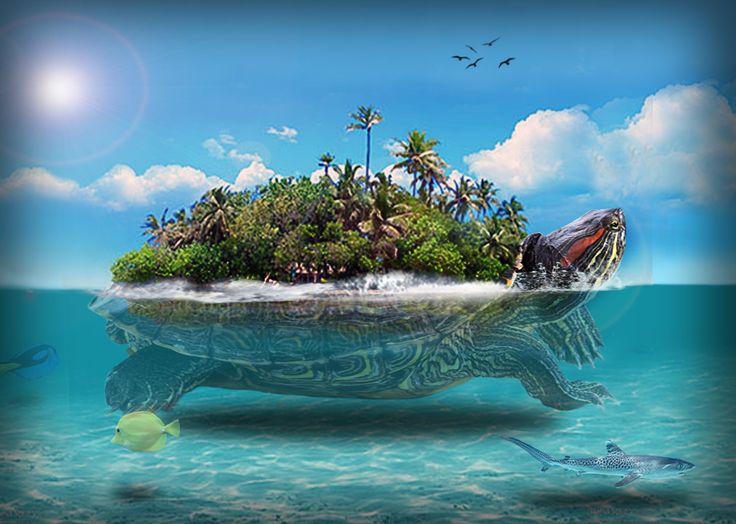
Turtle Island
A large marine turtle in Chinese mythology, Ao, was thought to have lived in the South China Sea during the time of the formation of the world.
In the Himalayas, there is a pool called Indradyumna. Akupara is a tortoise that lives here. There is a belief that this is the first ever tortoise who is a Chiranjeevi! The Mahabharata Vanaparva has a description of him as well.
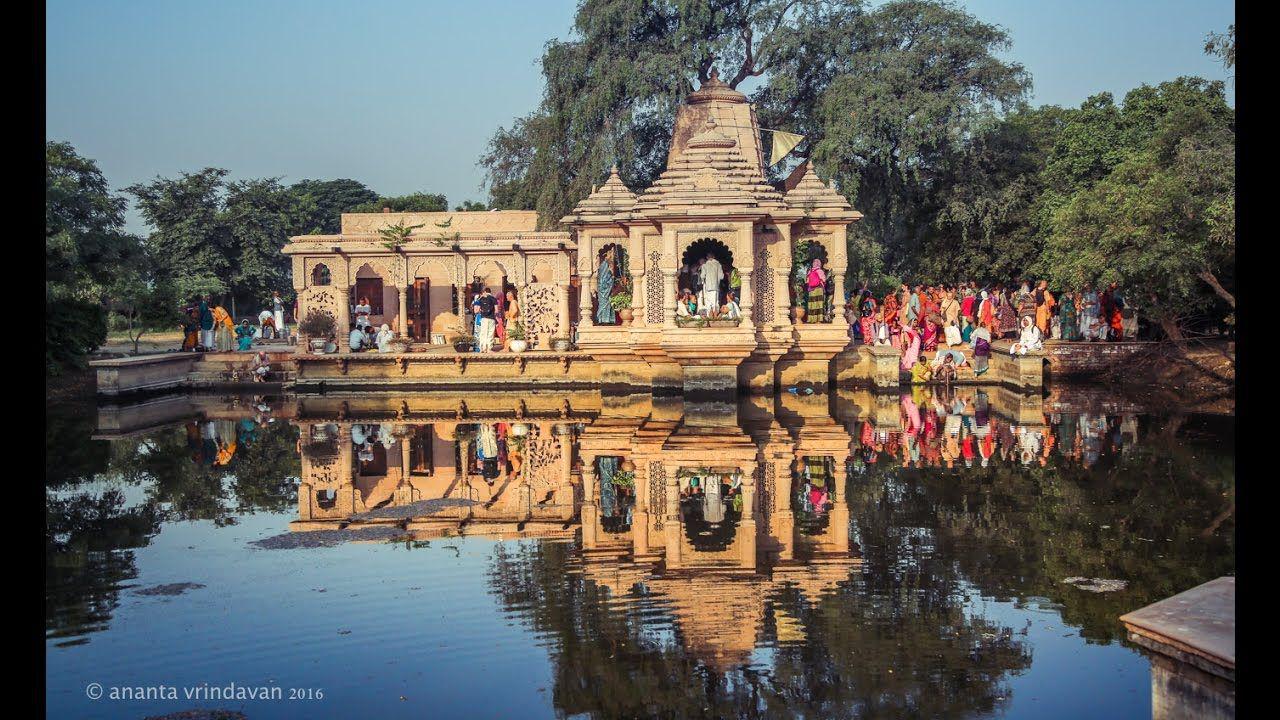
Indradyumna
Originating in Vedic literature, such as the Yajurveda as being synonymous with the Saptarishi called Kasyapa, Kurma is most commonly associated in post-Vedic literature such as the Puranas with the legend of the churning of the Ocean of Milk, referred to as the "Samudra manthan".
Also synonymous with Akupara, the world-turtle supporting the Earth, Kurma is listed as the second incarnation of the Dashavatara, the ten principal avatars of Vishnu.
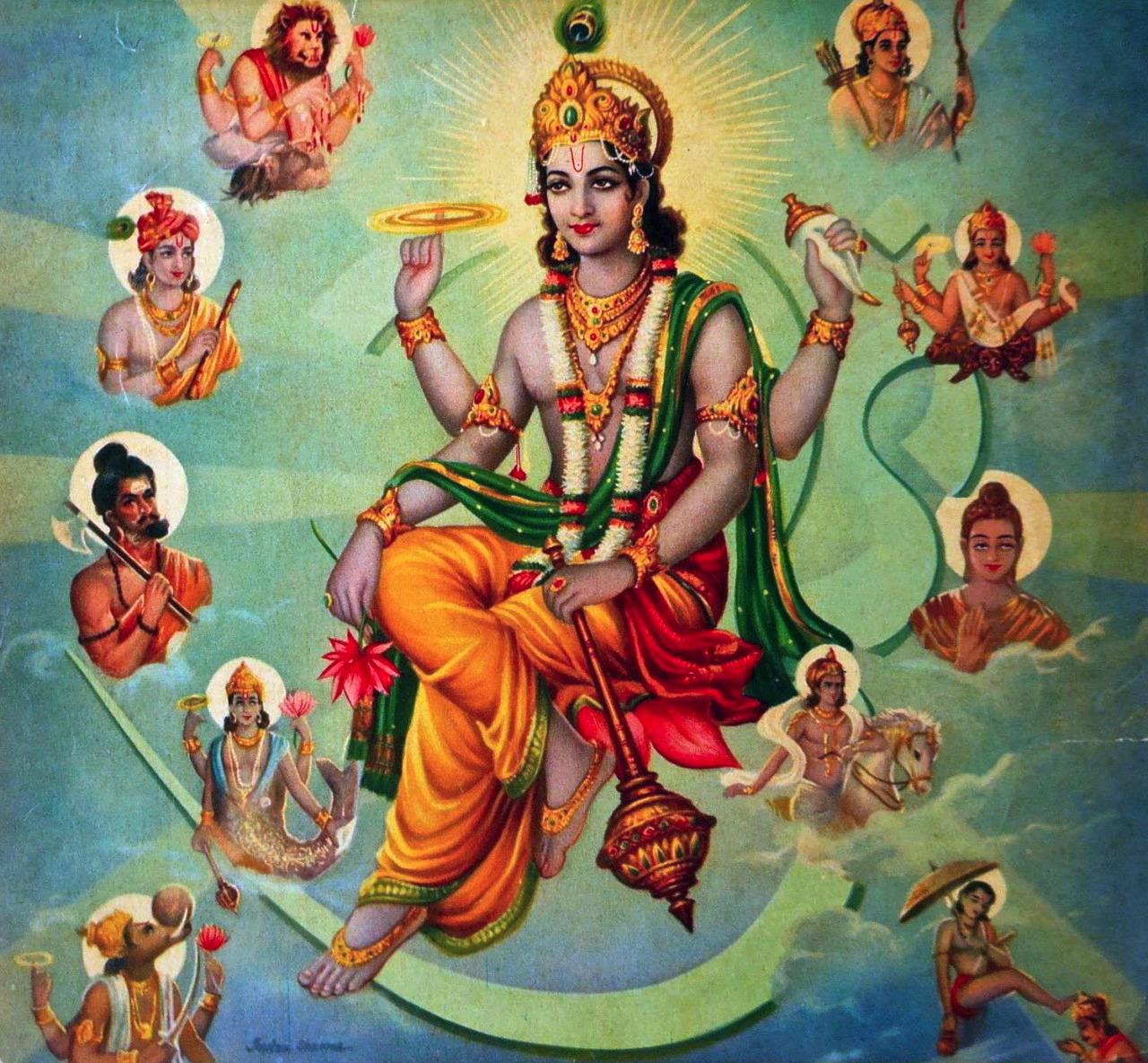
Dashavatara
Turtles are associated with wisdom, stability and longevity. Most turtles are also famously long-lived, giving them a wise, ancient quality that lends itself to mythologizing.
The mythological idea of a turtle world is often used as an illustration of infinite regresses and the saying alludes to the mythological idea of a World Turtle that supports Earth on its back.

William James
There is an old anecdote attributed to William James, a respected philosopher, giving a public lecture on astronomy, in which he explains the data showing that the Earth orbits the Sun, and the Sun, in turn, revolves around the center of the Milky Way galaxy. After the lecture, the lore goes, an old lady tells the philosopher that his ideas are nonsense. “The world stands on the back of a giant turtle,” she says. Amused, the philosopher asks the lady what the turtle is standing on. Unfazed by the philosopher's smug question, the woman replies, “Why, it’s turtles all the way down.”
Bertrand Russell has also referred to this story in one of his lectures.
Hinduism teaches that whenever humanity is threatened by extreme social disorder and wickedness, God will descend into the world as an avatar to restore righteousness, establish cosmic order, and redeem humanity from danger.
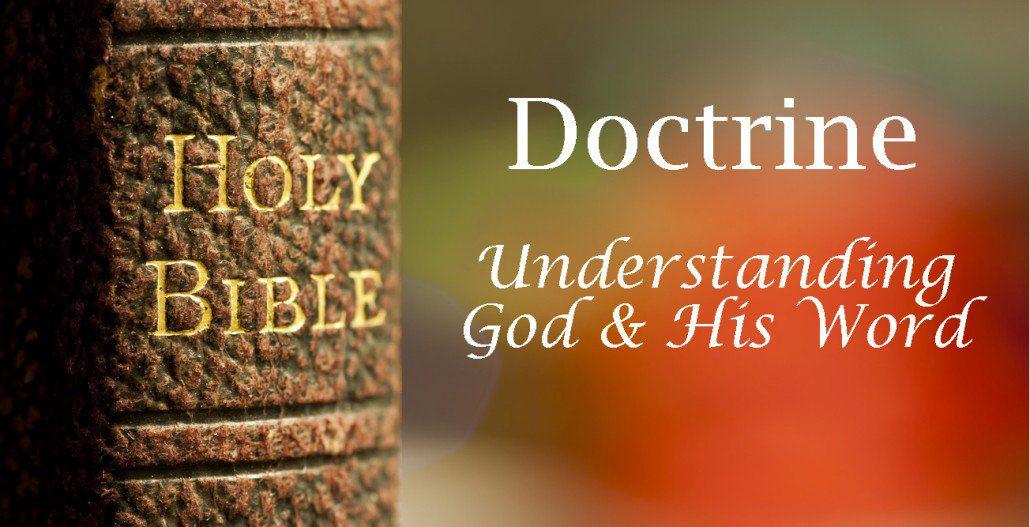
The avatar doctrine presents a view of divinity that is compatible with evolutionary thinking since it suggests a gradual progression of avatars from amphibian through mammal to later human and godly forms. Most importantly, the concept of avatar presents the theological view of a deeply personal and loving God who cares about the fate of humanity and the various avatars intervene on humanity's behalf to protect its overall cosmic wellbeing.
KURMA Avatar is the second Avatar of Lord Vishnu as a tortoise in the Satya Yuga.
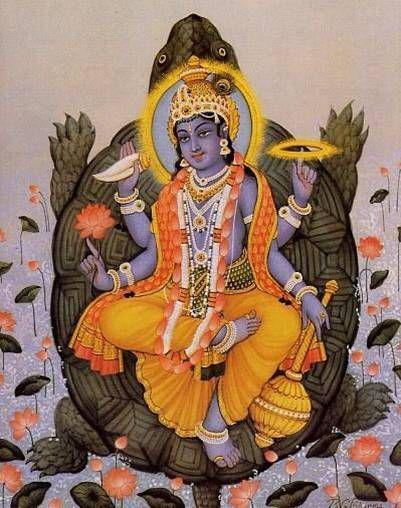
KURMA Avatar
The following legend from the Puranas tells us its origin.
In the saga of the ongoing battle between devas and asuras, at one time the devas lost their strength, due to the curse of the sage Durvasa, who had presented a garland of flowers to Indra, king of gods, who carelessly gave it away to his elephant Airavata only to be trampled by it. Angered by this insult, Durvasa cursed the devas, upon which they lost all of their might. The Devtas approached Vishnu for help.
The victory of the Danavas meant the decline of goodness and peace. Moreover, Lord Vishnu knew that if the Danavas became immortal, then they would overpower the Devas and also cause massive damage to the human race.
Therefore, to save humankind from the Danavas, Lord Vishnu took the avatar of a Kurma.

He directed the devas to add medicines, then churn the milk ocean/samudra manthan, using Mt Mandara as the churning rod. He told them to ask the asuras to help them lift the mountain in exchange for a share of the nectar of immortality, which would ensue from the churning.
Both the devatas and the asuras churned the ocean using the serpent Vasuki as the rope.
At the start, playing a Machiavellian trick, Indra, king of the gods, asked the asuras for the head end of Vasuki. But asuras, suspecting foul play, took the head end, only to be deceived as the poison from Vasuki was slowly weakening them. But as the churning started, the mountain started sinking.
It was then that Lord Vishnu took the form of the tortoise KURMA and kept the mountain afloat and stable. As soon as the bowl of amrit, the nectar of immortality, was out, the asuras grabbed it.
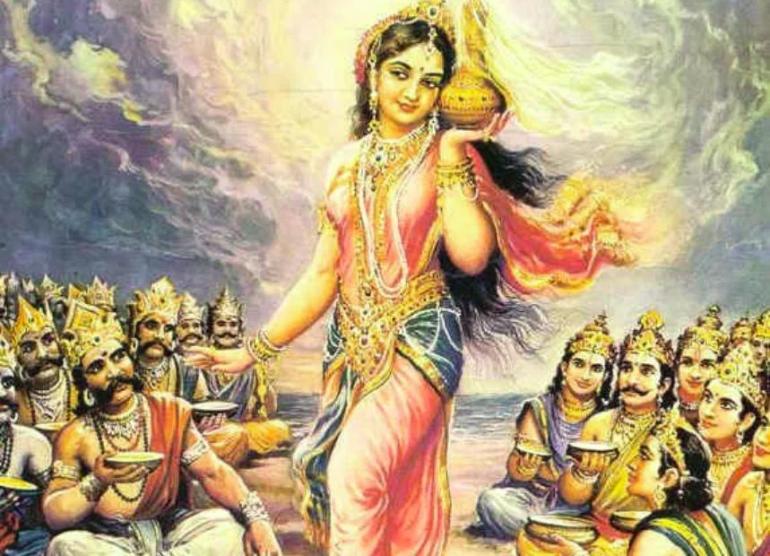
Mohini Roop
Then Lord Vishnu took the form of Mohini, a beautiful apsara, and seduced the asuras into letting her distribute the nectar and also to abide by her order of distribution. As soon as the devatas were served the maiden disappeared thus deceiving the asuras and giving the devas the advantage.
According to the puranic story, the Gods and Demons had mixed the ocean to get the tonic of life.
The churning is represented by a literal tow of war among the Gods & Demons in the story.
The sea is evocative of the deep awareness of the human mind.
The Gods & demons represent our own good as well as evil tendencies.
The tug of war signifies the struggle in our own selves to select between the good and bad in our daily life and the churning of the mind through meditation.
The choices that we create by our individual free will determine our spiritual growth & whether we move towards moksha or salvation.
In the puranic story, the churning rod is Mount Mandara which is used to churn the sea.

Mount Mandara signifies the entire sum of all our work in this lifetime, which is used to churn our own thoughts.
While the Mount Mandara starts sinking into the ocean (representing our own desolation in life), Lord Vishnu takes the shape of a tortoise and attaches himself to the base to stop the mountain from descending. Also in the story, at one point, the peak floats higher (representing our own vanity) and then Lord Vishnu takes the form of an eagle and sits on top of Mandara to balance the weight and complete the churning.
The tortoise here represents self-confidence. It is only with perseverance and immense self-confidence that one can achieve one's goals and also the ambrosia of immortality.
The Kurma Avatar was ordained for the process of churning the "khsheera Sagar manthan" and the devas received the divine gift of Amrit.
In addition to this, the churning of the ocean also pulled out the poison named ‘Halahala’, which was consumed by Lord Shiva to save the Universe from calamity and destruction.
Kurma Jayanti holds immense significance among Hindus and people express gratitude towards the eminence of Lord Vishnu and three temples dedicated to the kurma avatar of Vishnu are in South India.
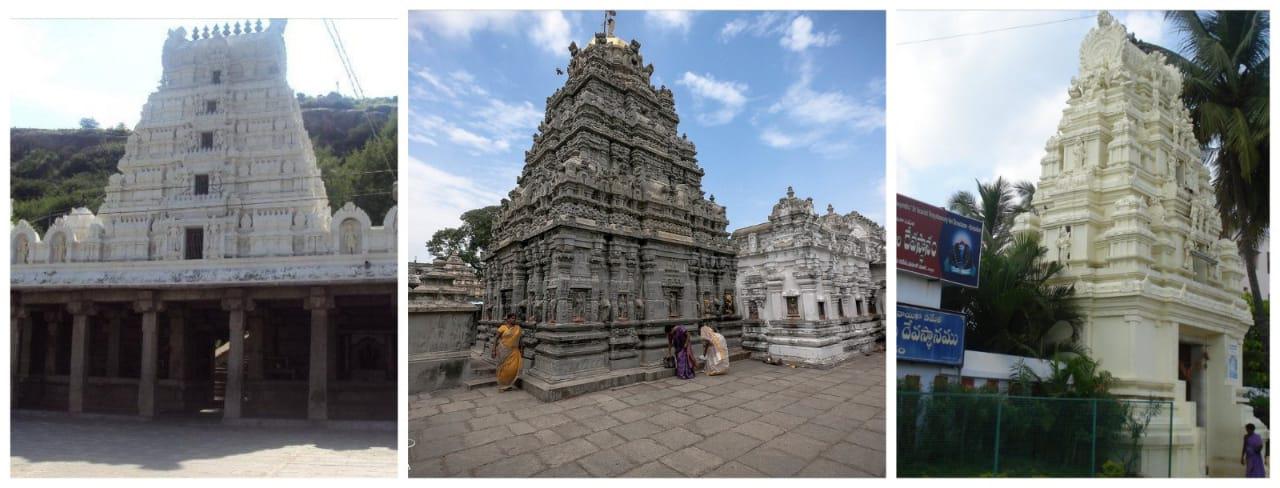
Varadarajaswamy, Chittor, Andhra Pradesh, Kurmam Temple, Srikakulam, Andhra Pradesh and Sri Gavi Ranganatha Swamy Temple, Chitradurga, Karnataka.
Kurma was a great Avatara as He prepared the way for the spiritual regeneration of the universe, by the Churning of the Ocean of Milk!
Comments (5)




